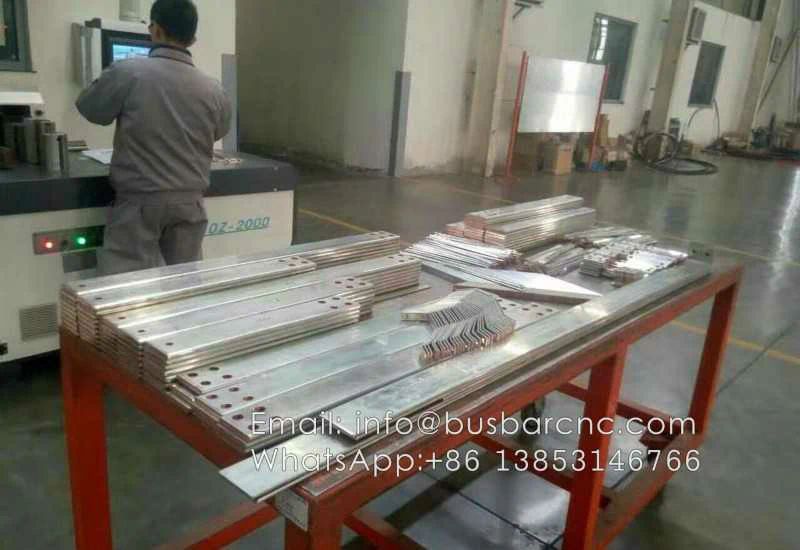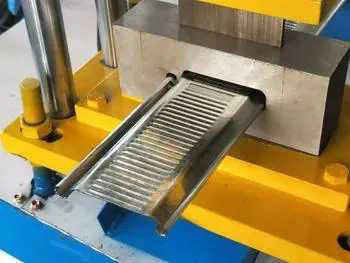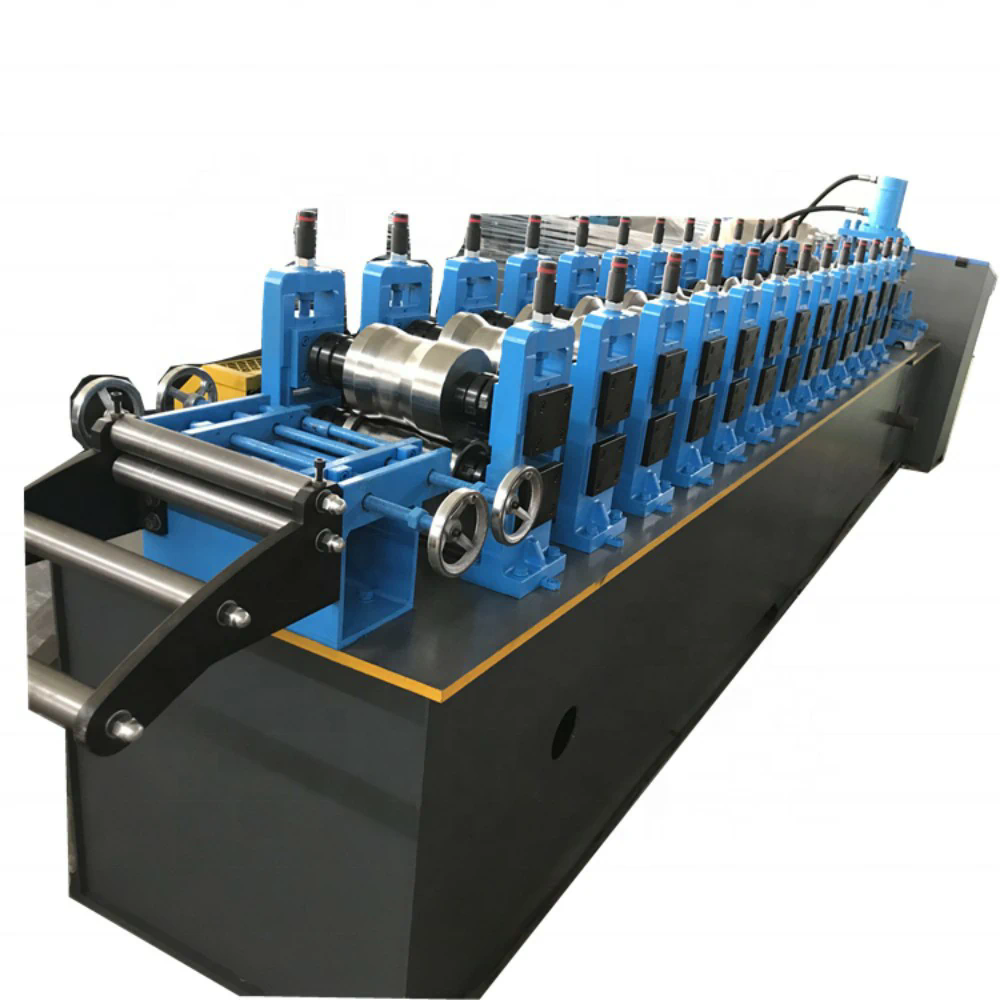The latest news from Taiwan media pointed out that the core design of Apple ‘s new M3 SoC has been launched! It is expected to be mass-produced using TSMC ‘s 3nm N3E process, which will also be the first product to land after TSMC announced the realization of 3nm technology.
Commercial Times reported that, as the successor to the M2 chip, the M3 chip is internally code-named “Malma”. The report also pointed out that the M3 chip is expected to be launched in the second half of 2023 or the first quarter of 2024. This also means that once the M3 enters mass production, it will be the first to be imported into the iPhone 15 Pro/Pro Max by Apple, so at the upcoming Apple conference next month, the A16 processor used in the iPhone 14 series should not be able to keep up. lcd panel touch
There are 5 kinds of 3nm process? The yield rate has reached 80%
It is worth noting that TSMC announced a number of process technology roadmaps and future expansion plans at a technical seminar not long ago, including the pioneering N2 2nm process of Nanosheet carbon nanosheet technology, and FinFET fin transistors. The end of the N3 3nm process, developed as many as 5 different versions, including: N3, N3P, N3S, N3X and N3E.
Let’s first look at N3. N3 is the first 3nm node proposed by TSMC. The node is expected to start mass production in the second half of this year and deliver it to customers in early 2023, which also coincides with Apple’s timing.
It is reported that N3 is mainly aimed at early adopters, who can invest in leading-edge designs and benefit from the performance, power, area (PPA) advantages offered by leading-edge nodes. But because it is tailored for a specific type of application, N3 has a relatively narrow process window (a set of parameters that yields deterministic results), and it may not be suitable for all applications in terms of yield.
In this case, TSMC has proposed N3E, which can be said to be an enhanced version of the N3 process. The N3 is said to deliver up to 15% better performance and up to 30% lower power compared to the N5, while the N3E can further amplify these differences, offering a 34% reduction in power consumption (with the same speed and complexity) or an 18% reduction in power consumption. Performance improvements (at the same power and complexity), and a 1.6x increase in logic transistor density.
In addition, the N3E process can also customize the number of gates and fins according to customer needs, and the performance, power consumption, and area indicators are also different, officially called “FinFlex”, such as:
2 gates and 1 fin can improve performance by 11%, reduce power consumption by 30%, and reduce area by 36%;
2 gates and 2 fins can improve performance by 23%, reduce power consumption by 22%, and reduce area by 28%;
3 gates and 2 fins can improve performance by 33%, reduce power consumption by 12%, and reduce area by 15%;

In addition to N3 and N3E, TSMC also proposed three routes: N3P, N3S, and N3X. N3P is a performance-enhanced version of the 3nm manufacturing process; N3S is a 3nm-density-enhanced version; N3X is an ultra-high-performance version that does not care about power consumption and cost, and is also the successor to N4X. However, TSMC has not explained too much about these routes, and the details are still unknown.
In terms of yield, a leaked internal PPT shows that TSMC’s N3E process is progressing very well, and the yield is gratifying. Among them, the yield rate of 256Mb SRAM chips produced by N3E process can reach 80%, the yield rate of mobile and HPC chips is also 80%, and the yield rate of ring oscillator can even reach 92%. Although these are relatively simple chips, it is normal for the yield rate to be high. The actual processor contains very complex circuit units, and the yield rate will continue to be polished. However, TSMC’s 3nm process is not as aggressive as Samsung ‘s, and it is generally stable. .
A source pointed out that Apple will be the first and main customer of TSMC’s 3nm process in 2023, when N3 and N3E will be available. Next year will see Apple’s first 3nm chips, and as mass production begins, Apple will also import them into the A17 Bionic chip used in the iPhone 15 Pro/Pro Max.
It is reported that the M3 chip may use 4 performance cores and 4 efficiency cores again, like the M2 and M1, and be used in products such as the MacBook Air. Apple may increase the display size of this model to solve the problem through stronger cooling. The scheme improves the cooling effect.


